National personification
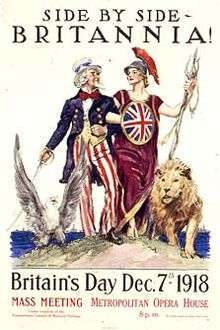
A national personification is an anthropomorphism of a nation or its people. It may appear in editorial cartoons and propaganda.
Some early personifications in the Western world tended to be national manifestations of the majestic wisdom and war goddess Minerva/Athena, and often took the Latin name of the ancient Roman province. Examples of this type include Britannia, Germania, Hibernia, Helvetia and Polonia. Examples of personifications of the Goddess of Liberty include Marianne, the Statue of Liberty, and many examples of United States coinage. Examples of representations of the everyman or citizenry—rather than of the nation itself—are Deutscher Michel and John Bull.[1]
Personifications by country or territory
See also
- National animal, often personifies a nation in cartoons.
- Mural crown
- National emblem, for other metaphors for nations.
- Countryballs, a contemporary form of national personification in which countries are drawn by Internet users as stereotypic balls and shared as comics on online communities.
- Hetalia, an anime and a manga series, that features personifications of countries.
Further reading
Lionel Gossman. "Making of a Romantic Icon: The Religious Context of Friedrich Overbeck's 'Italia und Germania.'" American Philosophical Society, 2007. ISBN 0-87169-975-3.
References
- ↑ Eric Hobsbawm, "Mass-Producing Traditions: Europe, 1870-1914," in Eric Hobsbawm and Terence Ranger, eds., The Invention of Tradition (Cambridge, 1983), 263-307.
- ↑ "NATIONAL SYMBOLS". Bangladesh Tourism Board. Bangladesh: Ministry of Civil Aviation & Tourism.
- ↑ Ahmed, Salahuddin (2004). Bangladesh: Past and Present. APH Publishing. p. 310. ISBN 8176484695. Retrieved July 11, 2012.
- ↑ O'Clery, M. (2003) Annals of Ireland by the Four Masters as translated into English
- ↑ O'Rourke Murphy, M. & MacKillop, J. (2006). An Irish Literature Reader: Poetry, Prose, Drama.
- ↑ "A Manifesto from the Provisional Government of Macedonia". 1881.
Our mother Macedonia became now as a widow, lonely and deserted by her sons. She does not fly the banner of the victorious Macedonian army
- ↑ Bulgarian graphic representation of Bulgaria, East Rumelia and Macedonia
- ↑ http://www.parbode.com/opinie/item/2629-kunstschatten-mama-sranan
External links
| Wikimedia Commons has media related to Personifications of nations. |
- A scholarly case study of the evolution of Deutscher Michel
- Kirsten Stirling: "The Image of the Nation as a Woman in Twentieth Century Scottish Literature"






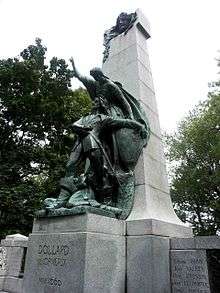






.jpg)



.jpg)

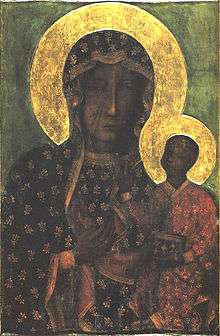



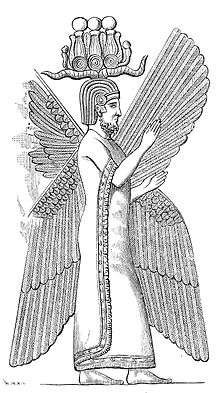



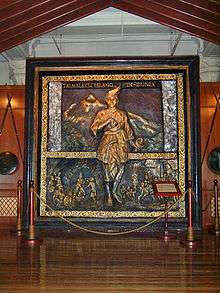


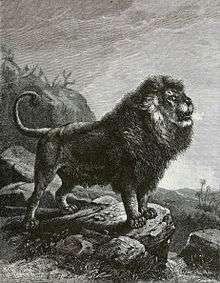








_02b.jpg)
.jpg)



